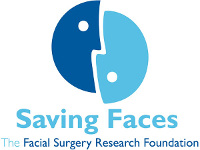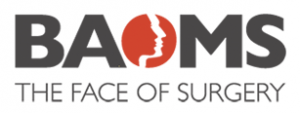| Title | The Treatment of Jaw and Muscle Problems |
|
| Acronym | TMJDS | |
| Study Type | Prospective Randomised Controlled Trial | |
| Status | In development | |
| Funding | Saving Faces – The Facial Surgery Research Foundation | |
| Ethics | TBC | |
Background
The three main symptoms of jaw joint and jaw muscle problems are: facial pain, restricted jaw function and joint noise, but patients may also have headaches, neck pain, and ear problems including dizziness and ‘Locking’ episodes – inability to open or close the mouth.
Jaw joint problems are extremely common in the general population. According to the literature, approximately 25% of the population will have problems with their jaw joints at some point in their lives and around 5% of the population will require treatment. These patients constitute the second most common group (after people with wisdom tooth problems) presenting to dental schools and maxillofacial departments. Approximately 5% of all patients being treated will undergo surgery.
Despite the high frequency of jaw joint problems nationwide, there is no consensus on the best way to treat jaw joint problems. Frequently used treatments include reassurance, soft diet, jaw exercises and medical management with non-steroidal anti-inflammatory drugs such as Ibroprofen or antidepressants. Most patients are also prescribed a stabilisation splint, which is a type of bite that prevents teeth grinding when worn at night. However, there is little evidence from research to support the use of splints and the type of splint that should be used remains controversial.
Aims
To assess the effectiveness of three commonly used treatments for jaw joint and jaw muscle problems.
Interventions
Patients will be randomly allocated into four groups, in which three of them are treatment group and one is a control group:
- A soft stabilisation splint to be worn at night for 6 months
- A low dose of an antidepressant drug to be taken at night for 3 months
- An educational session lasting 10-15 minutes, to be delivered by their clinician
- The control group: a NHS self-management leaflet explaining ways to reduce their jaw joint problems
Patients will need to fill in 3 questionnaires before, 3 months and 6 months after their allocated treatment.
Outcomes
Compare the treatment effectiveness among the four groups to ascertain the most appropriate intervention among the four currently used treatments.
For further information, please contact Fran Ridout
Email: info@nforc.co.uk


